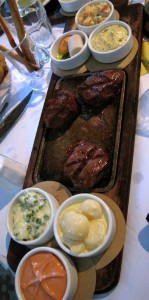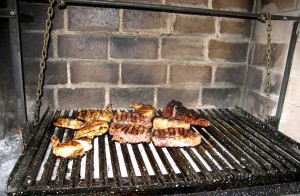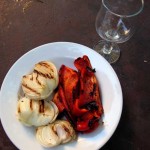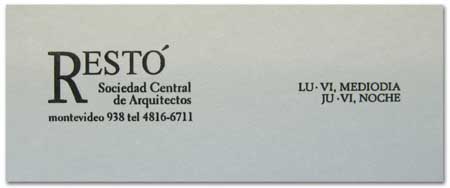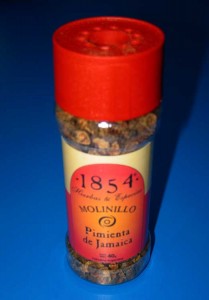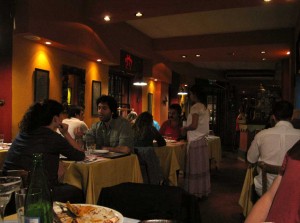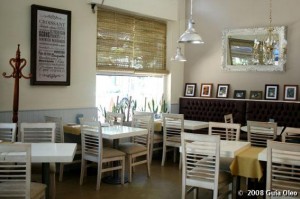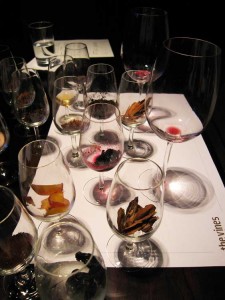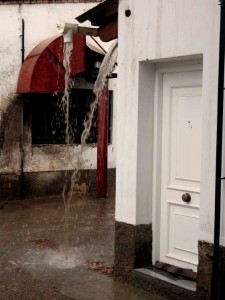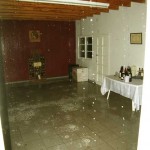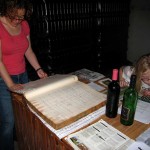Compare and Contrast Three Parillas
This is our go-to parilla, blessed in all of its food, probably because it is located underneath a church just off of Libertador. We learned about it from a commenter who used to live in Argentina. This place is truly a mainstay for us. The meat is wonderful, they have a ginormous salad bar, the prices are reasonable, the atmosphere is classy, it is not touristy, there is seating for smokers as well as non-smokers (not really a plus for me, but you smokers will be happy). The only knock would be the desserts, which we have learned to avoid. Go out for helado afterward.
If you have friends or family in town and want them to experience old-world Argentinian service in a classic parilla, this is where you should bring them. Ian used to live in the building next door and would routinely witness VIPs arriving, such as police escorted buses bringing the national fútbol team to eat at the restaurant. The meat we had here was truly wonderful, and we were very pleasantly surprised by their caprese salad (astonishingly fresh vine-ripened tomatoes). The service also was well executed…all in all we quite enjoyed it. More good news, they have recently expanded, so it’s a much easier to gain a seat. In the area of the dining room where we enjoyed or meal, all of the patrons appeared to be Porteños.
This parilla in Palermo Soho would receive my vote for most overrated in the city. It is in every guidebook and is overrun with tourists. Pictured above is the lomito, which I ordered, and after Zelda tasted it she announced, “Mommy’s meat is watery.” She was right. As you can see in the photo, they have flashy presentation, but it falls flat when it comes to execution. Each main course is served with various inedible condiments, including peas in some sort of a mayonnaise sauce, a ketchup-mayonnaise sauce, an onion relish, a bit of hearts of palm, garlic potatoes (uber garlic flavor), and carrot and potatoes in mayonnaise. We disliked all of the condiments and hated to waste the food. Every table also receives a round platter filled with more circular little condiment bowls containing other small dishes, most of which we disliked as well. I would have much preferred to get rid of every little condiment bowl on the table and eaten an ensalada mixta instead. The servings are HUGE, one could easily split an entree between two adults. On the plus side, they end your meal with a nice flute of champagne!
